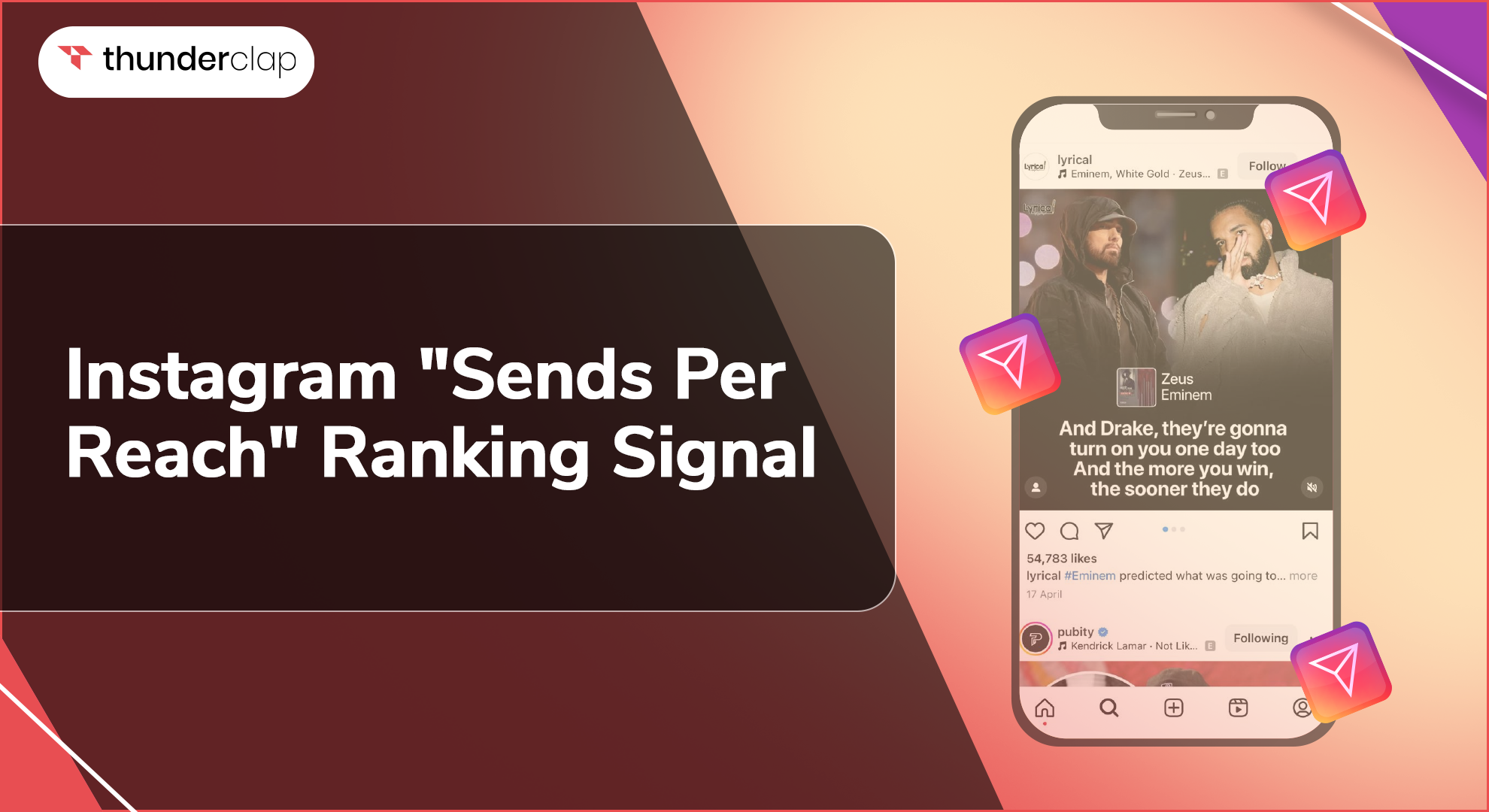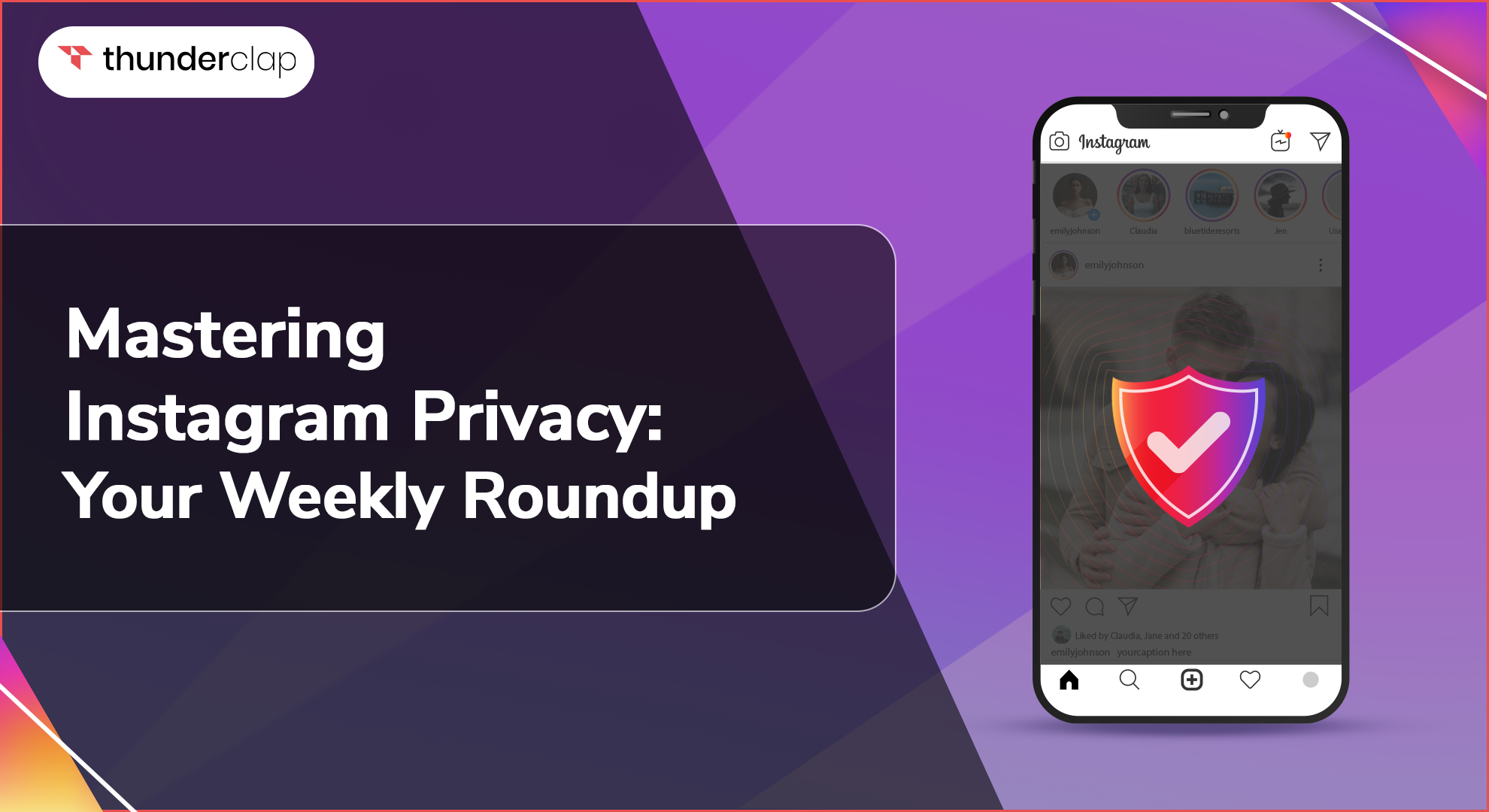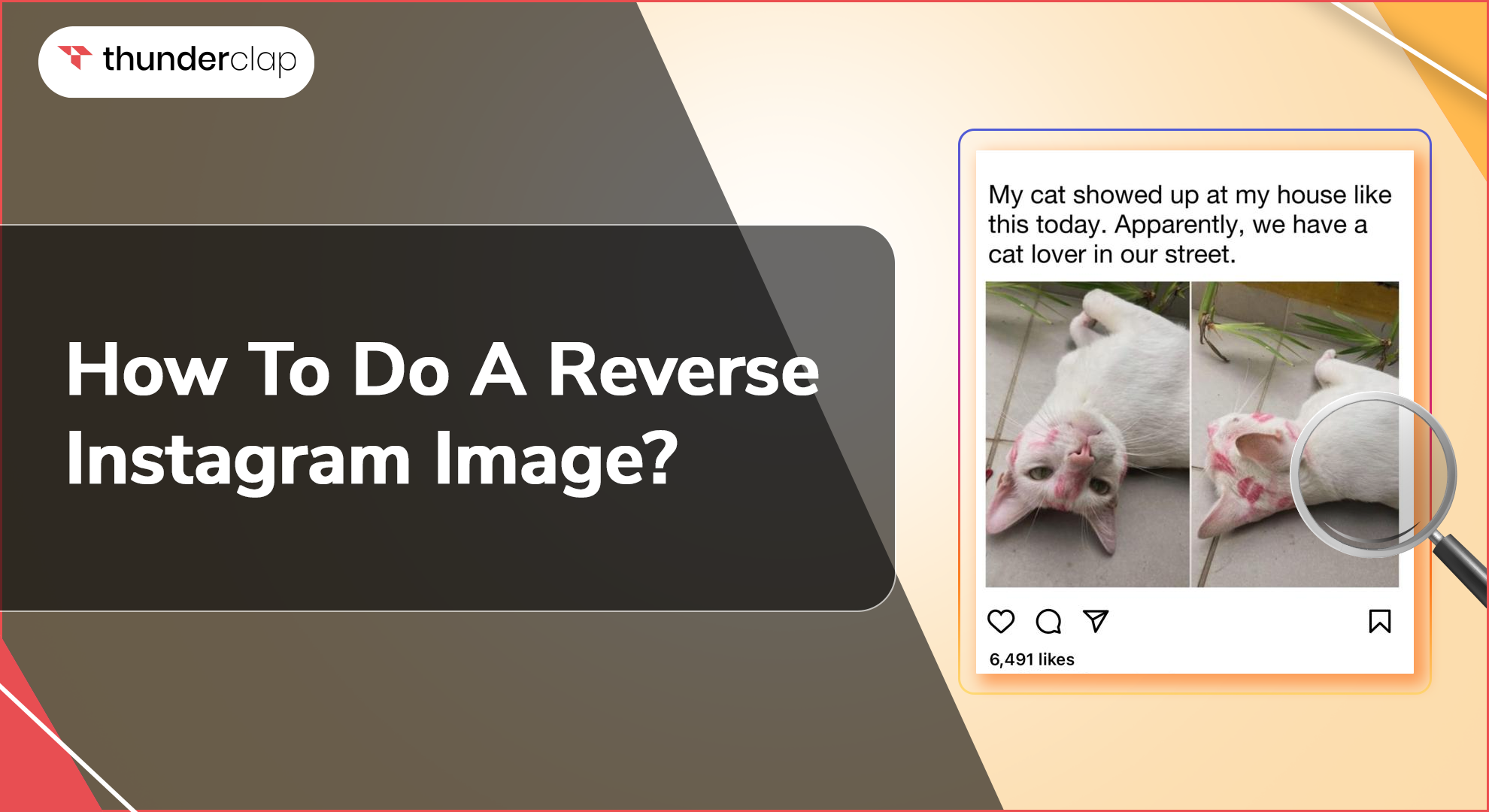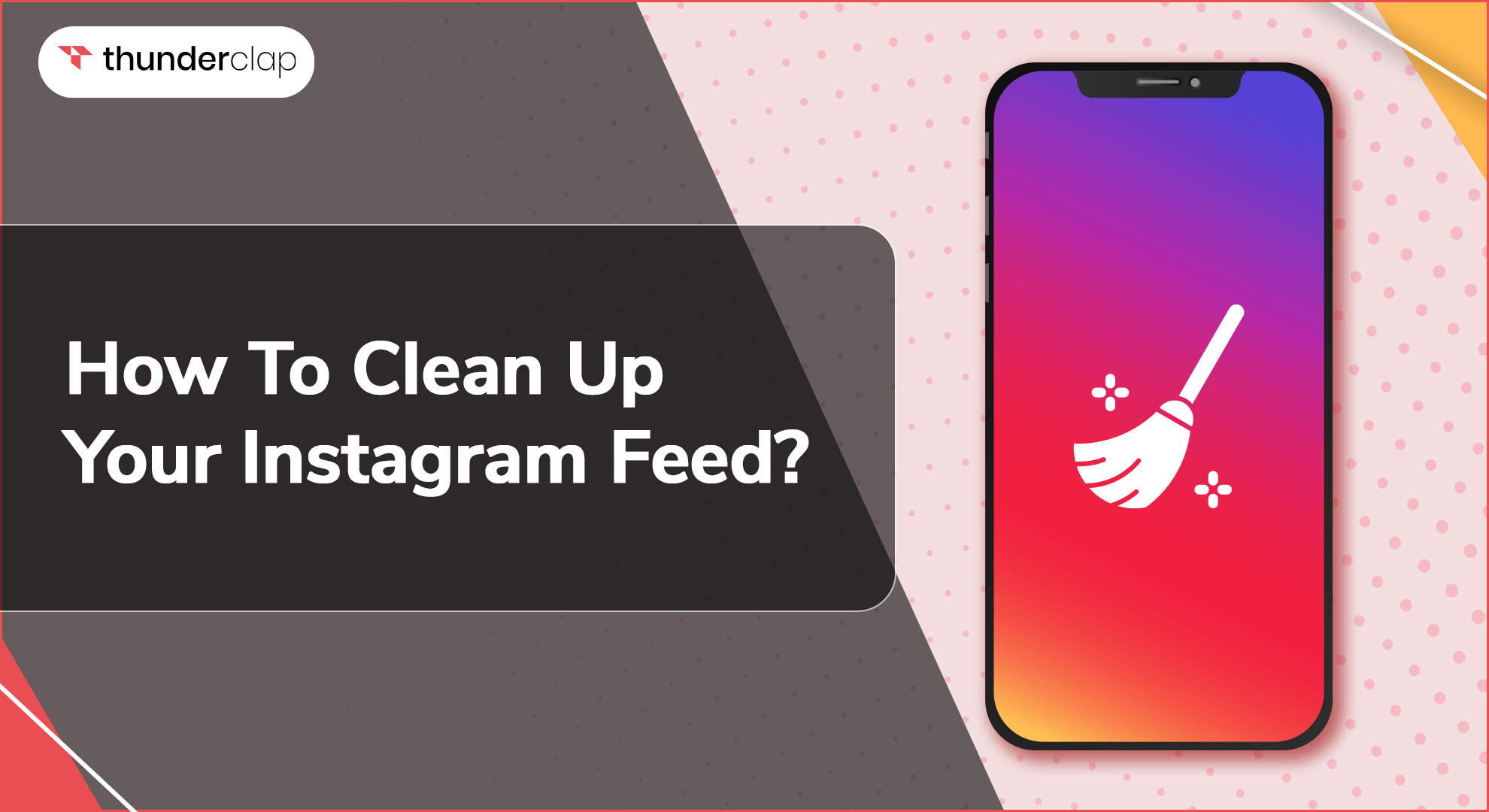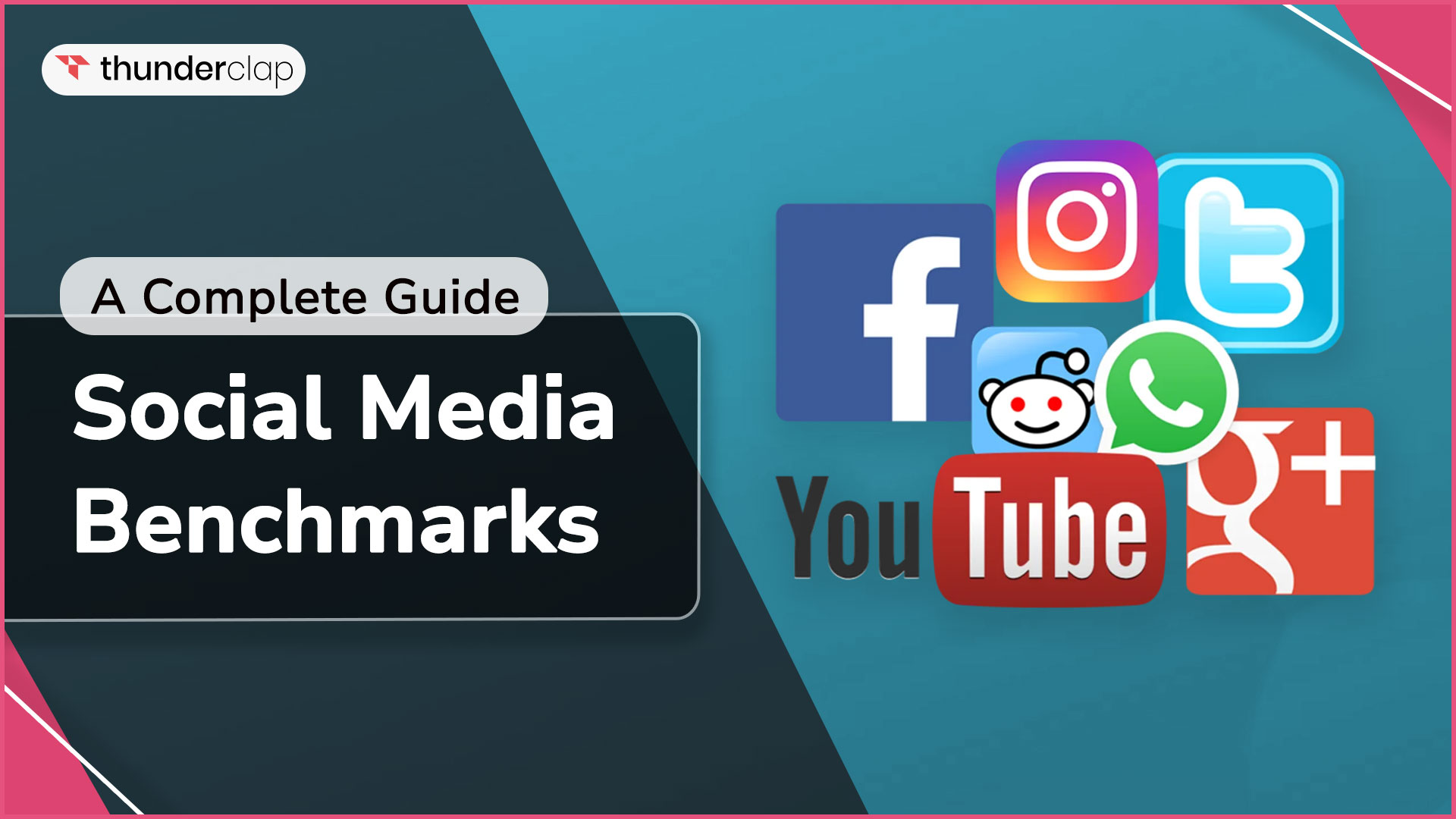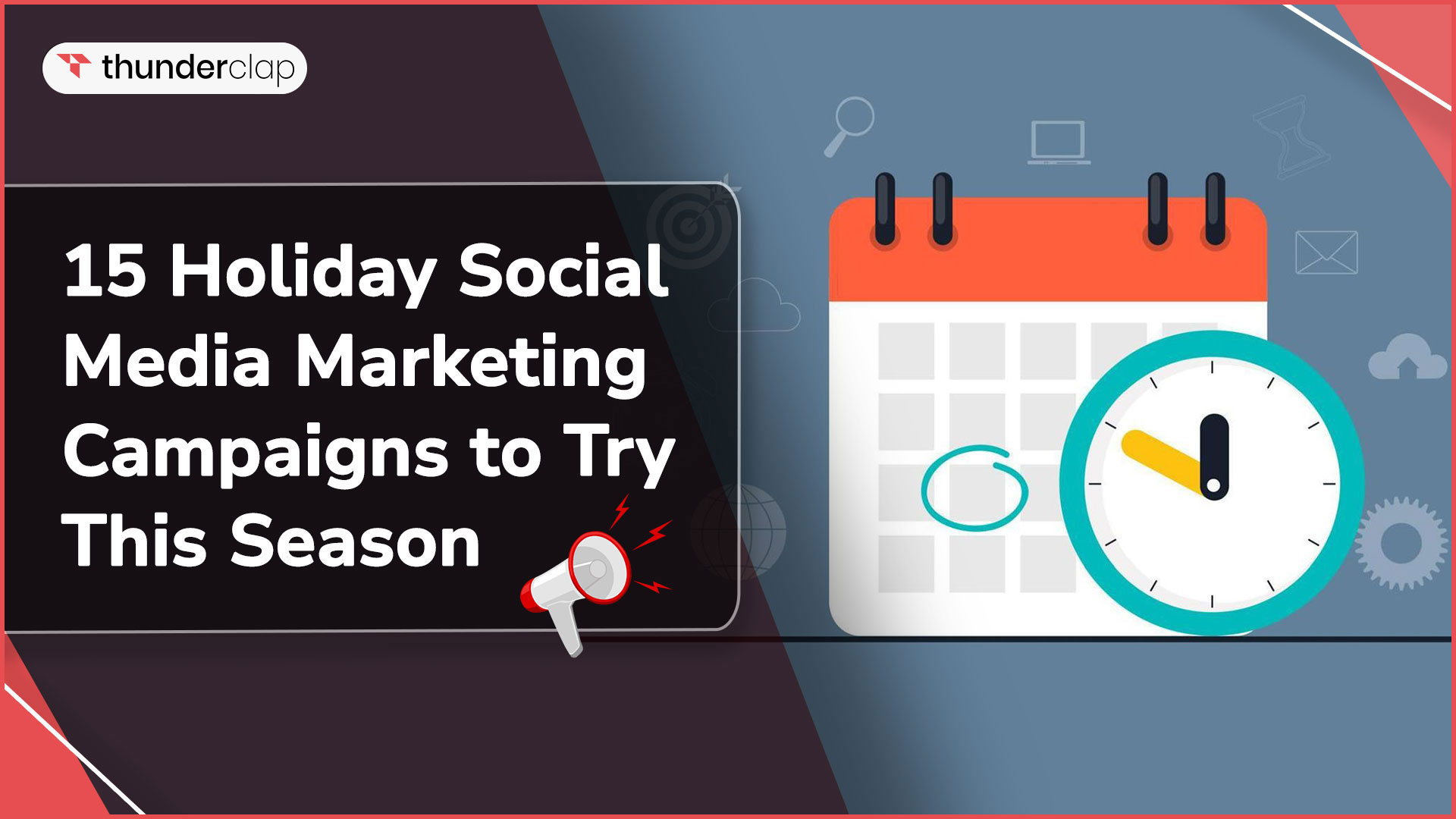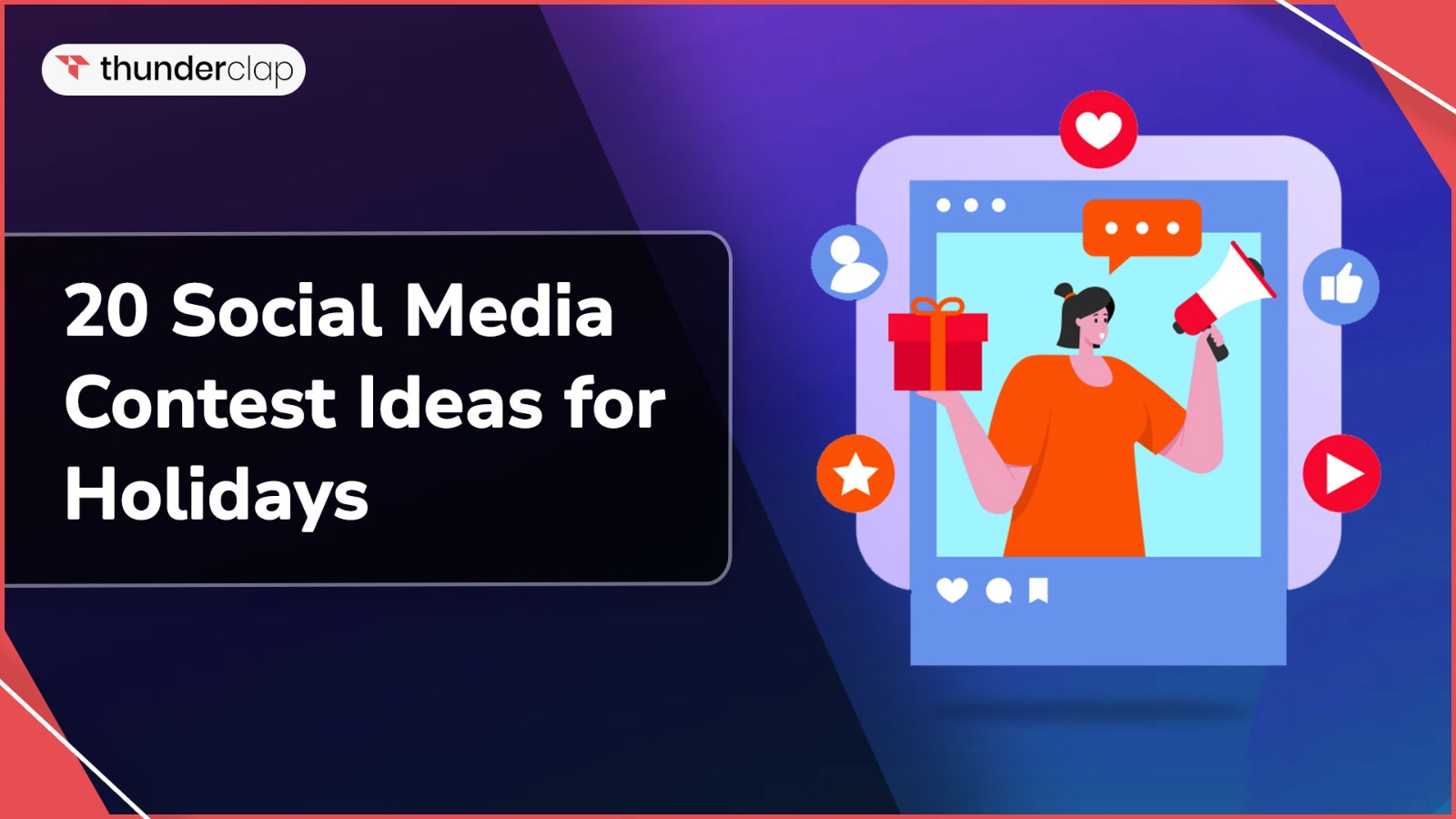Social media is a useful tool for businesses to engage with target audiences, raise brand awareness, and connect. Gaining widespread exposure becomes the key goal for social media marketers.
This is where reach and impressions come into play. These two crucial metrics act as measuring sticks for your social media success. Both metrics monitor the quantity of views for your content, but they highlight slightly different elements of its effectiveness.
It is essential for marketers to comprehend the difference between impressions and reach when developing a successful social media strategy. The main distinctions between these measurements will be clarified in this article.
We'll delve into their strategic significance within popular SMM panels and equip you with actionable insights to leverage both reach and impressions for optimal social media success.
What Are Reach And Impressions In Social Media Marketing?
To comprehend the performance of your content, analyzing two important metrics—reach and impressions is essential to accomplishing your social media marketing objectives.
Let's examine the meanings of each term:
Reach: This metric is all about the specific audience that your content is reaching. It shows the total number of distinct users who have at least once viewed your content.
Imagine you post an engaging Instagram Story. The reach metric would tell you how many unique accounts saw that story, not including repeat views from the same account.
Impressions: This metric counts the total number of times your content has been shown on the platform, in addition to individual viewers. It records each and every time your material shows on a user's screen, whether it was viewed once or many times by the same individual.
For example, if an Instagram story has 1,500 reach, it means 1,500 different accounts viewed the story at least once. Conversely, 3,000 impressions signify the content displayed 3,000 total times - some viewers likely saw it more than once.
A high number of impressions compared to reach suggests your content is resonating with your target audience. People might find your content interesting enough to revisit it, which is a positive sign!
Reach vs. Impressions Across Various Social Platforms
While reach and impressions share core concepts, it's key to note that different platforms may calculate these metrics slightly differently. Here's a quick breakdown of how some popular platforms handle reach and impressions:
-
Reach vs. Impressions on Instagram
The term "Reach" (Accounts Reached) on Instagram describes the distinct people who have viewed your post at least once.
Impressions show how many times a user has viewed your material overall, including repeated views.
-
Reach vs. Impressions on Twitter
In contrast to most other platforms, Twitter exclusively provides Impressions, which show how many times your Tweet has been displayed in feeds or search results.
They don't provide a specific Reach metric to show unique viewers. This means you can't directly measure how many individual users saw your Tweet on Twitter.
-
Reach vs. Impressions on Facebook
On Facebook, the number of reach refers to the unique users who saw content from your Page (posts, tags, etc.).
Impressions track all content views, including organic and paid appearances in news feeds, search results, or directly on your page.
Imagine Reach as the number of people attending your event, while Impressions capture every time someone walks by your booth, regardless of whether they stop or not.
-
Reach vs. Impressions on TikTok
When considering TikTok reach vs impressions, "Reached Audience" showcases unique viewers who saw your videos. Think of it as the number of people who entered your concert.
In contrast, "Total Video Views" (impressions) represent the total plays of your TikToks, including repeat views by the same person. Imagine how many times the band performs throughout the show, including encores.
-
Reach vs. Impressions on LinkedIn
LinkedIn offers Impressions to track how many times your posts were displayed. While it lacks a direct Reach metric, you can see profile views over 28 days to gauge your unique audience reach.
Imagine Impressions as the number of people walking by your career booth at a fair, and profile views as those who stop to chat and learn more about you.
-
Reach vs. Impressions on Snapchat
On Snapchat, Reach reflects the number of followers who saw your content within the last week. This is similar to how many people see your story at a party.
Impressions, however, only apply to paid ads, showing the total views from paid promotion versus organic reach.
-
Reach vs. Impressions on Pinterest
On Pinterest, Impressions track how many times your Pin appeared on feeds, boards, or search results. Think of it as the number of times your flyer is displayed at different locations.
"Total Audience," similar to Reach, reveals the unique users who saw your Pins, offering a clearer picture of your overall audience exposure.
-
Reach vs. Impressions on YouTube
YouTube doesn't offer Reach, but Impressions track how many times your video thumbnail appears in feeds. This is like flyers displayed around town.
While it doesn't show unique viewers, you can track total views and clicks generated from those impressions to understand engagement.
Strategic Implications Of Reach And Impressions
Grasping the distinction between reach and impressions is key to crafting a winning social media approach.
Both metrics measure "top-of-funnel" aspects, meaning they're about attracting attention and expanding audience exposure, not driving immediate conversions.
Here's a breakdown of their strategic significance:
-
Reach
This metric highlights your content's breadth of exposure. A high reach indicates your message is reaching a significant number of unique viewers, which is ideal for building brand awareness and attracting new followers.
-
Impressions
This metric emphasizes the depth of exposure for your content. A high number of impressions suggests your content is resonating with your target audience, leading to repeat views and potentially stronger brand recall.
So, choose your focused metrics based on the definition above:
-
Building Relationships
If fostering long-term customer connections is your priority, impressions might hold greater value. Repeat content views suggest your message is leaving a lasting impression and establishing brand recognition.
-
Scaling Audience
For businesses where rapid audience growth is a key objective, reach might be more important. A wider reach allows you to cast a broader net and attract new potential customers.
Remember, both reach and impressions play a vital role in your social media strategy. Understanding their strategic implications will help you tailor your content and optimize your approach to achieving your specific marketing goals.
How To Track Reach And Impressions Platform Wise?
Optimizing your reach and impressions on various social media networks requires an understanding of how your content functions on those platforms.
Here, we'll go over how to monitor these crucial metrics on a variety of well-known platforms and how these statistics can benefit you:
-
Instagram Analytics
You can examine reach and impressions under "Engagement" for posts and stories in Instagram Analytics by clicking the "Insights" button on your profile or individual posts. To further understand your audience, you may also monitor demographics like age, gender, and geography.
-
Twitter Analytics
You may access Twitter Analytics by navigating to "Analytics" in your Twitter profile settings. Within the "Tweet activity" portion of each tweet, you can find impressions.
While there isn't a specific "Reach" statistic on Twitter, engagement metrics like replies and retweets can provide information about Reach on Twitter by showing the number of unique viewers.
-
Facebook Analytics
You may see Facebook analytics by going to "Insights" on your Facebook page. Viewing "Reach" and "Impressions" for posts and overall page performance is possible under "Performance." You can also analyze demographics and gauge post-success through further insights.
-
TikTok Analytics
TikTok Analytics lets you track "Reached audience" (unique viewers) and "Total video views" (impressions) for your TikToks. It's available in the "Pro" settings for Pro accounts. Additionally, you can use demographic insights to improve your targeted approach.
-
LinkedIn Analytics
In the "Analytics" section of your company page, LinkedIn Analytics provides access to post impressions under "Impressions" in the "Post performance" section. While there's no dedicated reach metric, you can track profile views over a specific period to gauge unique audience reach.
-
Snapchat Analytics
Business profiles can access insights through "Snapchat Insights." Here, you can look for "Reach" which shows the number of followers who saw your content in the last week. Additionally, impressions (paid ads only) reveal total views from paid promotion versus organic reach.
-
Pinterest Analytics
Accessible through the "Analytics" tab for business accounts, Pinterest Analytics allows you to track "Impressions" for how many times your Pin appeared on feeds, boards, or search results. You can also see "Total audience" (equivalent to reach), which reveals unique users who saw your Pins.
-
YouTube Analytics
Within YouTube Studio, YouTube Analytics does not include a dedicated "Reach" metric. However, you can track "Impressions" to see how many times your video thumbnails were displayed in user feeds.
YouTube Analytics also allows you to analyze clicks and watch time to understand the engagement generated from those impressions.
Expanding Reach and Impressions: Leveraging Digital Marketing Strategies
Social media marketers aim to grow their audience and maximize content views and strategic digital marketing techniques help expand reach and impressions.
Here, we'll delve into two powerhouses for the same: Pay-per-Click (PPC) Advertising and Social Media Marketing.
-
Pay-per-click (PPC) Advertising
You can create custom ads with pay-per-click (PPC) advertising. They prominently show on sites matching your content or at the top of search engine results pages (SERPs). Those paid ads let you hit new audiences looking for products/services similar to what you offer.
Benefits for Reach and Impressions:
-
Targeted Reach
With PPC advertising, you can target particular demographics, hobbies, and keywords. This allows you to maximize qualified impressions by displaying your advertising to users who are most likely to be interested in what you have to offer.
-
Measurable Performance
Monitor your advertisement's impressions (total ad views) and reach (unique viewers) to determine how well your targeting and messaging are working.
-
Increased Visibility: PPC puts your brand at the forefront of user searches, which boosts visibility and awareness of your brand.
-
Social Media Marketing
Social platforms offer ways to engage your target audience, organically reaching more people through content shares and user interactions. You can also utilize paid advertising.
Benefits for Reach and Impressions:
-
Organic Reach
Through compelling content and fostering community on social media, you organically extend reach wider via shares and user engagement.
-
Content Insights: Social media analytics provide valuable insights into your content's reach and impressions. You can see which content resonates with your audience and identify opportunities to optimize your strategy.
-
Paid Social Media Ads
Leverage paid social media advertising to target specific demographics and interests within the platform. Track your ad's reach and impressions to analyze its effectiveness in attracting new followers and driving engagement.
Why Should You Track Reach And Impressions?
In social media marketing, data reigns supreme. While various metrics matter, tracking reach and impressions is crucial to understanding content effectiveness, pinpointing areas for improvement.
Here's why Reach and Impressions are the two metrics that are a winning combination:
-
Calculating Effective Frequency:
When it comes to ads on social media platforms, it's better if people watch them multiple times. That's because it takes a few views for someone to really notice or be interested in an ad. Thus, the ideal number of views is called "effective frequency."
However, how many times someone should see an ad for it to be effective? Some say 3 times, others say 7. The important thing is to figure out what works best for your brand.
For that, you need to calculate the effective frequency of your most successful ads or posts. But how do you do it?
To calculate the effective frequency, Divide the total number of times they were seen by the number of people they reached.
Through this, you will find out how many times, on average, people saw your best content and what kind of content you should create to attract more audience on social media platforms.
-
Prevent Ad Fatigue and Maintain Engagement:
Effective frequency isn't just about the number of exposures needed to trigger a response; it also helps you avoid crossing the line from informative to annoying. Imagine the user experience of constant ad bombardment – not ideal for fostering brand loyalty.
Similar to effective frequency, there's no one-size-fits-all answer for how much is "too much" exposure. Time-sensitive campaigns might necessitate a higher frequency, while efforts focused on steady audience growth can prioritize reach through consistent and quality content.
-
Measure Brand Awareness
Brand awareness is a cornerstone of business success. You want your brand to be readily recognized, making you the top choice over competitors. Here's where reach and impressions come into play.
By monitoring these metrics, you gain valuable insights into your audience's familiarity with your brand. High reach and impressions suggest you're reaching interested leads multiple times, effectively engaging them with your content and strengthening brand recognition.
Incorporating reach and impressions analysis into your social media analytics routine provides clearer insights into content performance. This allows data-driven decisions to meet marketing objectives. Consistent monitoring and analysis unlock the full potential of these valuable metrics.
Is Instagram reach the same as impressions?
On Instagram, Reach counts unique accounts that viewed your post, while Impressions tally total content views, including repeats. Reach measures unique engagement, while Impressions track overall visibility.
Reach and impressions are particularly critical during the initial stages of your social media journey. Once you've established a substantial audience base, the focus might shift towards "mid-funnel" and "bottom-funnel" metrics that track engagement, clicks, and conversions.
Note:
Top-of-Funnel (TOFU): This is the initial awareness stage. Here, you're trying to capture attention, build brand awareness, and generate interest in your product or service. Reach and impressions are key metrics at this stage.
Mid-Funnel (MOFU): Here's what matters at this stage: grabbing people's interest and showing them your services can meet their needs. Since you caught their eye, now you need to inform potential customers and persuade them you've got the right solution. Things like click-through rates, shares, and comments become significant engagement metrics.
Bottom-Funnel (BOFU): This is the decision-making and conversion stage. Here, you want to drive sales or specific actions like sign-ups or downloads. Conversion rates and return on investment (ROI) are important metrics at this stage.
Conclusion
Reach and impressions are important for social media strategy. They show how well your content is doing. Reach shows how many people saw your content. Impressions tell you how many times your content was seen.
Using both reach and impressions helps you understand your content better. It lets you make changes to improve your strategy. Checking these metrics regularly is important for success.
Amidst the ongoing debate over reach and impressions, it's crucial not to fixate on determining which metric reigns supreme. Instead, embrace the power of both reach and impressions to elevate your social media presence and achieve your marketing objectives





